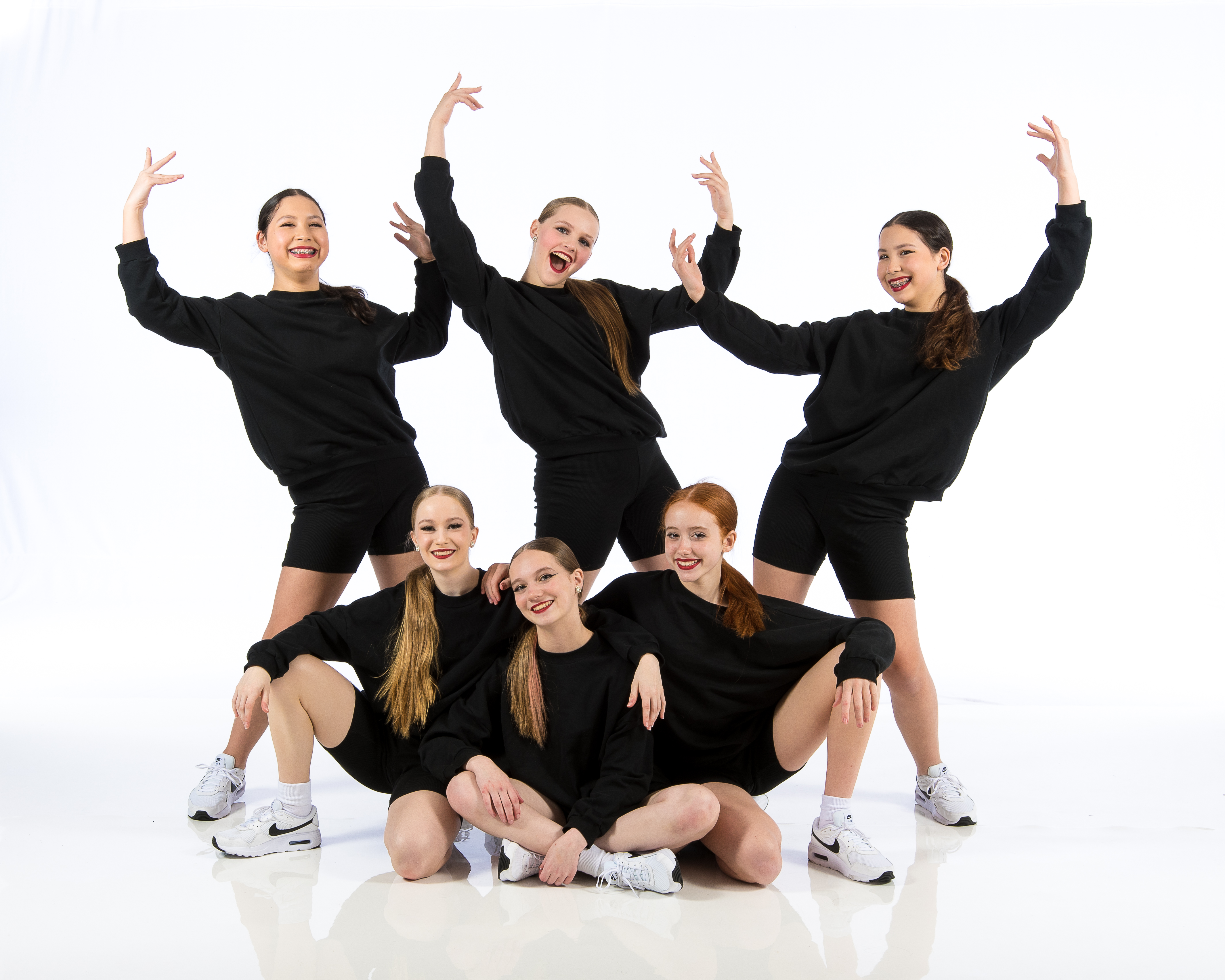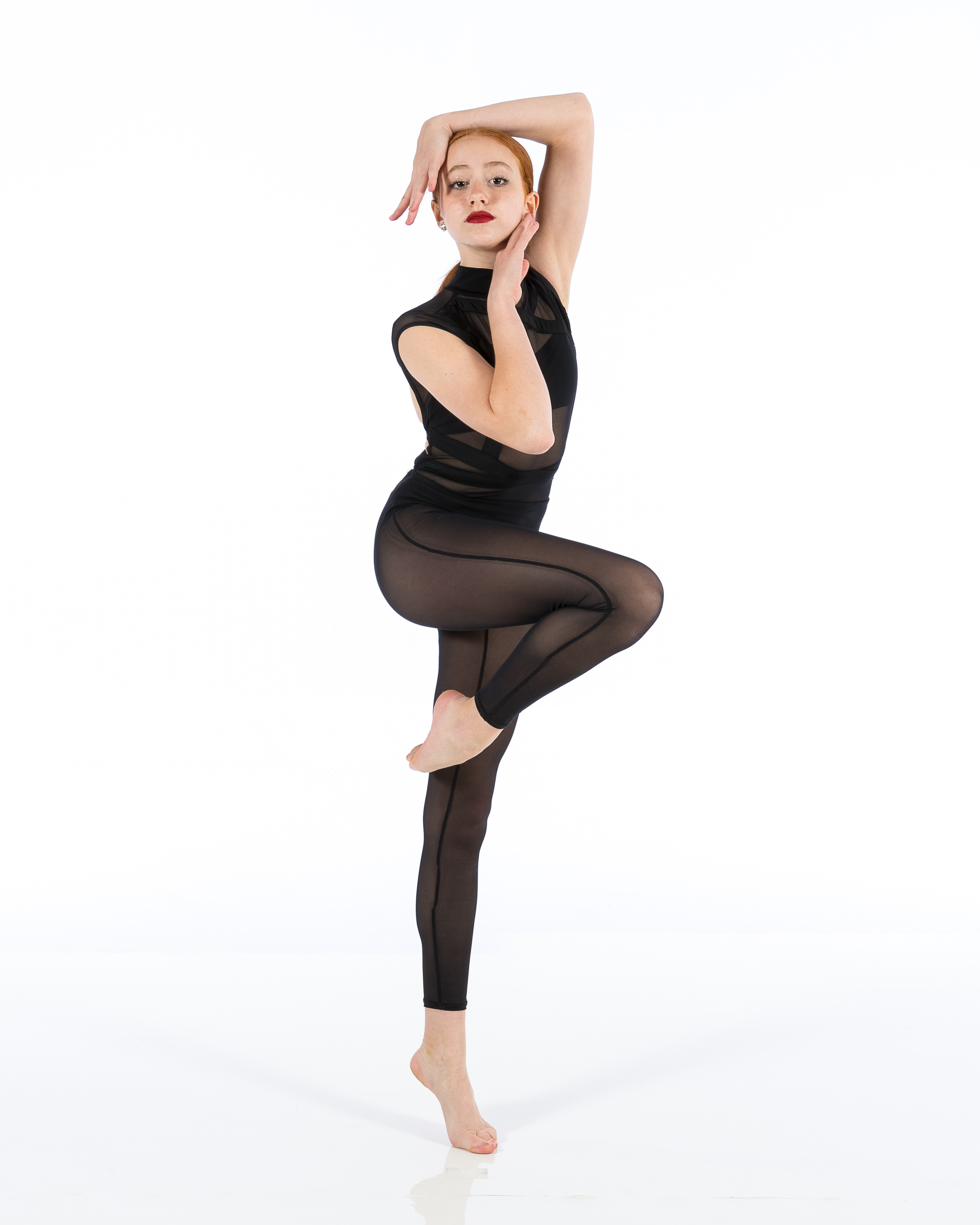Introduction
The world of dance is captivating—a realm where creativity, expression, and physicality intertwine. As dance studios become vibrant hubs for aspiring dancers, the instructional approaches within them are evolving rapidly. Today, we embark on a journey to explore these changes in the landscape of choreography instruction. By understanding how teaching methodologies have shifted, we can gain insight into the future of dance education. This article delves deep into "Mastering Choreography: Changes in Instructional Approaches at Studios," shedding light on current trends while encouraging readers to engage with their local dance communities.

Mastering Choreography: Changes in Instructional Approaches at Studios
Choreography has always been an art form that reflects the zeitgeist of its time. Historically, dance instruction leaned heavily toward traditional methods—rigorous techniques passed down through generations. However, as cultural contexts shift and technology advances, so too do the approaches to teaching choreography. Dance studios around the globe are embracing innovative techniques that cater to diverse learning styles and foster a more inclusive environment.
The Evolution of Dance Education
From Tradition to Innovation
Dance education has undergone significant transformations over the years. Traditional ballet schools adhered strictly to classical techniques, emphasizing discipline and precision. While these foundations remain essential, contemporary studios are integrating various styles such as hip-hop, jazz-funk, and even street dance into their curricula.
- Incorporation of Diverse Styles: Modern studios recognize that a one-size-fits-all approach doesn't work for every student. By blending different dance forms, instructors create a more dynamic learning environment. Focus on Individual Expression: Today's choreographers encourage students to find their unique voices rather than merely imitating established forms.
Technology's Impact on Dance Instruction
Technology has revolutionized various aspects of life — and dance is no exception! With online platforms exploding onto the scene, dancers now have access to a wealth of resources that were once unimaginable.
- Online Tutorials: Websites like YouTube host countless tutorials that allow dancers to learn from renowned choreographers at their own pace. Virtual Classes: The pandemic accelerated the adoption of virtual classes. Dance studios now offer online sessions that provide flexibility and inclusivity for students across geographical barriers.
Teaching Methodologies That Inspire
Student-Centered Learning
Gone are the days when teachers dictated every movement without regard for student input. Modern studios embrace student-centered learning, which emphasizes collaboration and active participation.
- Peer Feedback Sessions: Instructors often incorporate peer feedback into classes, allowing students to share insights and learn from one another. Choice-Based Assignments: Students may be given options for choreography projects or improvisational tasks, fostering creativity and ownership over their learning experience.
Mindfulness in Dance Instruction
As mental health awareness grows, so does the integration of mindfulness practices into dance training. This holistic approach enhances both physical performance and emotional resilience.
- Breathwork Techniques: Many instructors now teach breath control as part of their warm-up routines—encouraging dancers to connect mindfully with their bodies. Visualization Exercises: Visualization techniques help dancers prepare mentally before performing or learning new choreography.
Collaborative Choreography Models
Collaborative choreography models emphasize teamwork among dancers during creation processes:
Community Engagement in Creation
Engaging with community members can lead to powerful collaborative projects in which each dancer contributes meaningfully.
- Workshops with Local Artists: Many studios invite guest choreographers or artists from various backgrounds to conduct workshops—enriching students' experiences. Group Creation Sessions: Dancers work together to develop pieces based on shared themes or personal narratives; this fosters camaraderie while honing essential skills necessary for effective teamwork.
Cultural Competency in Dance Studios
Understanding diverse cultural expressions is crucial in today's interconnected world:
Integrating Cultural Perspectives into Choreography
Dance studios increasingly recognize the importance of cultural competency when teaching choreography:
- Ethnic Dance Forms: Incorporating traditional ethnic dances exposes students not only to new styles but also educates them about different cultures' histories. Guest Instructors from Various Backgrounds: Inviting instructors who specialize in cultural dances provides authenticity while enriching the studio’s curriculum.
The Role of Social Media in Shaping Contemporary Dance Education
Social media platforms have transformed how dancers learn about choreography:
Influencers as Educators
Many professional dancers utilize platforms like TikTok and Instagram to share tutorials or snippets of performances:

- Hashtags like #DanceChallenge encourage participation while spreading awareness about trending moves or concepts surrounding popular music genres. Online Challenges: These challenges inspire collective engagement among users—a fun way for budding dancers to practice new moves outside traditional studio walls!
Diversity in Dance Styles Offered by Studios Today
Dance studios are broadening their offerings beyond classical ballet:
1. Hip-Hop and Street Dance
Hip-hop continues its reign as one of today’s most popular dance forms:
- Intensive training programs focus on foundational elements such as locking & popping along with freestyle techniques.
Contemporary https://www.dotyperformance.com/contact-1 https://www.dotyperformance.com/staff https://www.dotyperformance.com/blog-impact Hip Hop Dance Studio fusion blends elements from various genres—allowing artists greater creative freedom!
Latin & Ballroom DancingLatin American rhythms bring vibrancy into any studio setting—providing opportunities for social interaction through partner dancing!
Aerial & Acrobatic ArtsAerial classes push boundaries—offering unique experiences suspended above ground level!
Wellness-Focused Movement PracticesYoga-inspired movements emphasize alignment while soothing anxiety levels!
6. Adaptive Dance Programs
Inclusive programs ensure everyone can participate regardless of ability level—fostering community spirit throughout class interactions!
FAQs about Mastering Choreography at Studios
1. What should I look for when choosing a dance studio?
When selecting a dance studio, consider factors such as instructor qualifications, class offerings (styles), facilities available (e.g., mirrors), scheduling flexibility around your lifestyle needs—and most importantly—community atmosphere!
2. How can I improve my choreography skills?
To enhance your choreography skills effectively: 1) Attend workshops led by experienced professionals; 2) Collaborate with peers regularly; 3) Challenge yourself creatively by exploring unfamiliar genres/styles!
3. Is it necessary to have prior experience before joining an advanced class?
While having some background may benefit you initially—it’s not mandatory! Many advanced classes welcome enthusiastic beginners willing to learn quickly alongside others who share similar goals!
4. Can I take online classes if I’m unable or unwillingly attend physically?
Absolutely! Most studios now offer virtual options catering specifically towards those facing geographical constraints—or simply preferring remote learning environments!
5. What age group do you recommend starting formal training?
It ultimately depends on individual readiness—but typically ages 5–7 mark great starting points due to formative body awareness developing during this period!
6. Are there scholarships available for aspiring dancers?
Many organizations provide financial support enabling talented young individuals access quality education despite economic hardship—so definitely research opportunities locally & nationally!
Conclusion
As we conclude our exploration into "Mastering Choreography: Changes in Instructional Approaches at Studios," it becomes evident that the landscape surrounding dance instruction is more vibrant than ever before! Through innovative methodologies centered on collaboration & diversity—all while harnessing technology—we empower future generations within this art form! So whether you're an aspiring dancer looking for inspiration or an experienced performer eager for growth opportunities—the world awaits your unique contributions! Embrace these changes wholeheartedly; after all—the stage is set—you just need step forward confidently!